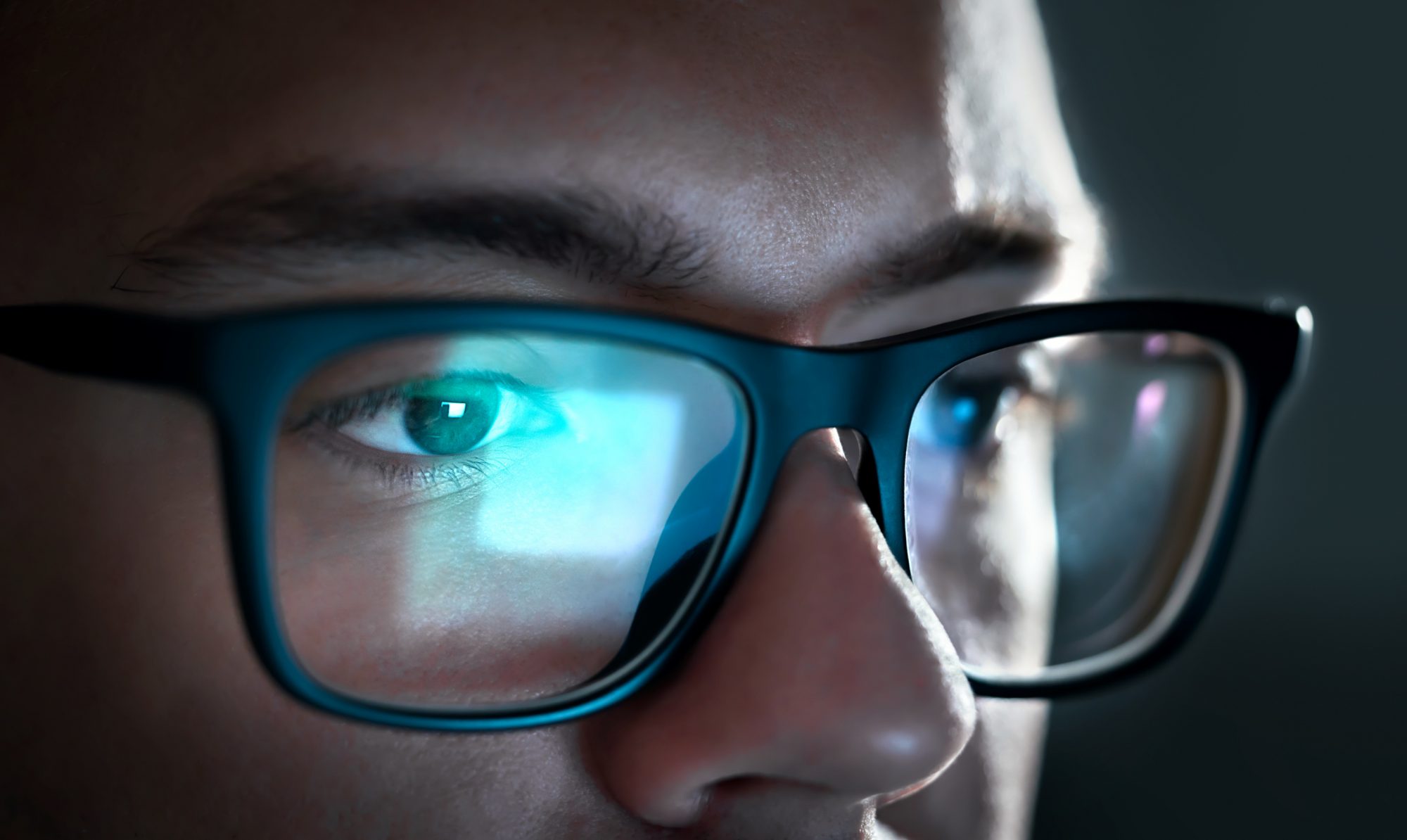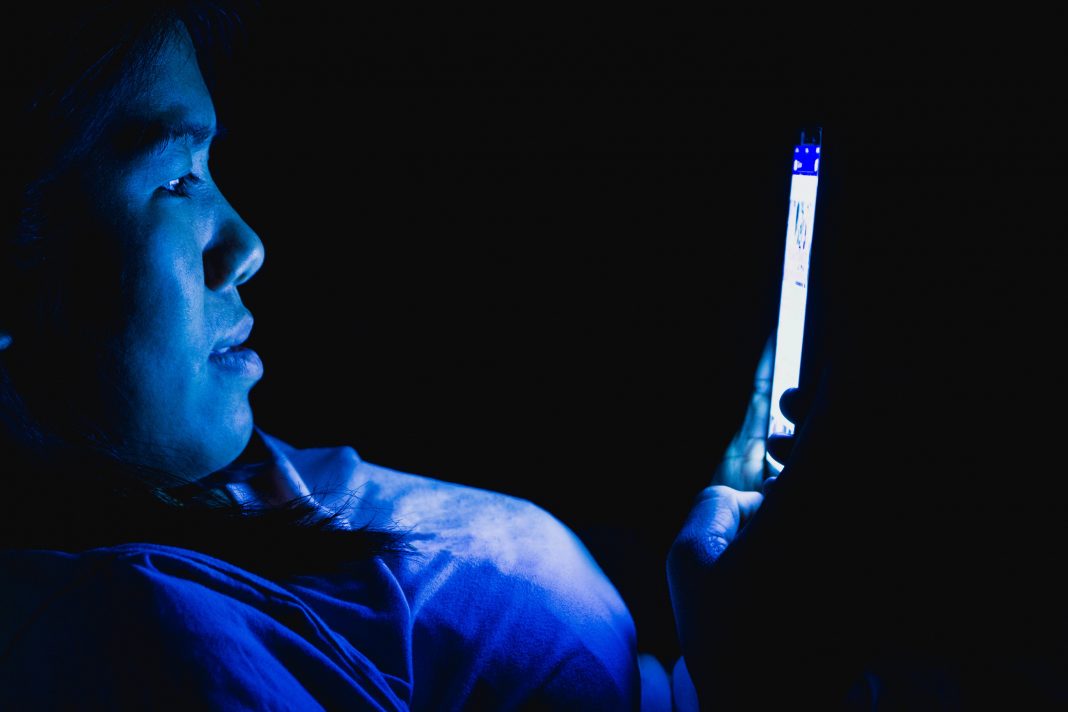Daily, lifelong exposure to blue light which comes from phones, computers and household fixtures can worsen with age
New research by Oregon State University state that blue light exposure can worsen with age, sugging limiting screen time to lessen the dangerous effects.
The study used Drosophila melanogaster – which is a common fruit fly – as a model organism for their tests because of the cellular and developmental mechanisms it shares with other animals and humans.
They found that flies were drastically affected by blue light exposure. However, effects on humans also include blurry vision, eyestrain, dry eye, macular degeneration, and cataracts – as well as deteriorated sleep quality which can lead to serious health defects.
Researchers suggest the best solutions to limit blue light exposure include eyeglasses with amber lenses that will filter out the blue light and protect your retinas, and setting phones, laptops and other devices to block blue emissions.
The survival rate of flies changed after blue light exposure
Examining the survival rate of flies kept in darkness, the study involved blue light’s effect on the mitochondria of the flies’ cells. The researchers moved to progressively older ages to an environment of constant blue light from light-emitting diodes (LEDs).
The darkness-to-light transitions occurred at the ages of two, 20, 40 and 60 days. Mitochondria act as a cell’s power plant, generating adenosine triphosphate, or ATP, which is a source of chemical energy.
They found that prolonged exposure to blue light affected flies’ longevity, regardless of whether it shined in their eyes.
Other studies have noted that flies subjected to daily cycles of 12 hours in light and 12 hours in darkness had shorter lives compared to flies kept in total darkness or those kept in light with the blue wavelengths filtered out.
The flies exposed to blue light showed damage to their retinal cells and brain neurons and had impaired locomotion – the flies’ ability to climb the walls of their enclosures, a common behaviour, was diminished.
Some of the flies in the experiment were mutants that didn’t develop eyes, and even those eyeless flies displayed impairment, suggesting flies didn’t have to see the light to be harmed by it.
“Chronic exposure to blue light can impair energy-producing pathways even in cells that are not specialised in sensing light.”
Jaga Giebultowicz, a researcher in the OSU College of Science, said: “The novel aspect of this new study is showing that chronic exposure to blue light can impair energy-producing pathways even in cells that are not specialized in sensing light.
“We determined that specific reactions in mitochondria were dramatically reduced by blue light, while other reactions were decreased by age independent of blue light. You can think of it as blue light exposure adding insult to injury in ageing flies.”
How does this blue light affect humans?
Natural light is incredibly crucial for a person’s circadian rhythm – which is the 24-hour cycle of physiological processes such as brain wave activity, hormone production and cell regeneration that are important factors in eating and sleeping patterns.
Increased exposure to artificial light is a risk factor for sleep and circadian disorders, and with the prevalent use of LED lighting and device displays, humans are subjected to increasing amounts of light in the blue spectrum since commonly used LEDs emit a high fraction of blue light.

Giebultowicz added: “This technology, LED lighting, even in most developed countries, has not been used long enough to know its effects across the human lifespan.
“There are increasing concerns that extended exposure to artificial light, especially blue-enriched LED light, may be detrimental to human health.
“While the full effects of blue light exposure across the lifespan are not yet known in humans, accelerated ageing observed in short-lived model organism should alert us to the potential of cellular damage by this stressor.
“Our previous work demonstrated that daily lifelong exposure to blue light, but not other visible wavelengths, has damaging effects on the brain, motor abilities and lifespan of the model organism.
“Now we’re reporting that the damaging effects of blue light on the flies are strongly age dependent – the same length of exposure to the same intensity of light decreases lifespan and increases neurodegeneration more significantly in old flies than in young ones.”











